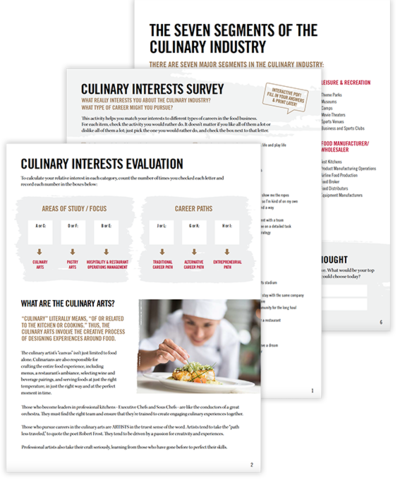The Low-Down On Baking Powder For Baking & Pastry Arts
When you’re learning to cook, you’ll find that baking powder is an important ingredient used to increase the volume and lighten the texture of many baking recipes. According to The Healthy Home Economist, it functions by releasing carbon dioxide into your batter in its wet state, and through this chemical reaction, it expands and obtains more texture. Beginner chefs may think that there is only one type of baking soda, but in reality, there are many varieties you can choose from. Before you complete your next online cooking class, take a look at the different baking powders available on the market:
Fast-acting
Fast-acting baking powders provide a chemical reaction at room temperature and start to work as soon as it is added to the batter.
Slow-acting
Slow-acting baking powders require the oven’s heat to begin releasing carbon dioxide. They provide a later rise to your food than fast-acting varieties do.
Aluminum-free
Some baking powders have a bitter, tin-like flavor that can make its way into your baked goods. To remove the unwanted flavor, opt for a brand that is aluminum-free.
Homemade
If you want to ensure your product is organic, try making your own at home. Mix one part baking soda with two parts cream of tartar to equal your desired quantity of baking powder.





Recent Comments